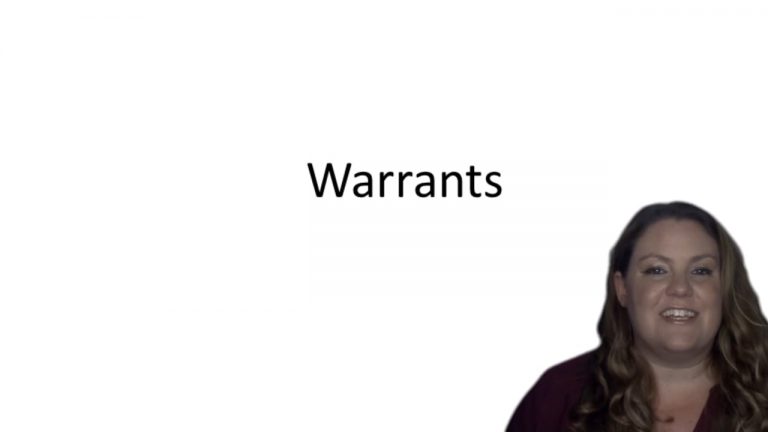SmartBrief
Confirm favorite deletion?
Criminal Procedure Keyed to Ohlin
Herring v. United States
Citation:
555 U.S. 135 (2009)Facts
On July 4, 2004, Investigator Mark Anderson learned that Bennie Dean Herring had driven to the Coffee County Sheriff’s Department to retrieve something from his impounded truck. Anderson asked the county’s warrant clerk, Sandy Pope, to check for any outstanding warrants for Herring’s arrest. When she found none, Anderson asked Pope to check with Sharon Morgan, her counterpart in neighboring Dale County. After checking Dale County’s computer database, Morgan replied that there was an active arrest warrant for Herring’s failure to appear on a felony charge. There had, however, been a mistake about the warrant. For whatever reason, the information about the recall of the warrant for Herring did not appear in the database. Morgan immediately called Pope to alert her to the mixup, and Pope contacted Anderson over a secure radio, but Herring had already been arrested and found with the gun and drugs.
Only StudyBuddy Pro offers the complete Case Brief Anatomy*
Access the most important case brief elements for optimal case understanding.
*Case Brief Anatomy includes: Brief Prologue, Complete Case Brief, Brief Epilogue
- The Brief Prologue provides necessary case brief introductory information and includes:
Topic:
Identifies the topic of law and where this case fits within your course outline.Parties:
Identifies the cast of characters involved in the case.Procedural Posture & History:
Shares the case history with how lower courts have ruled on the matter.Case Key Terms, Acts, Doctrines, etc.:
A case specific Legal Term Dictionary.Case Doctrines, Acts, Statutes, Amendments and Treatises:
Identifies and Defines Legal Authority used in this case.
- The Case Brief is the complete case summarized and authored in the traditional Law School I.R.A.C. format. The Pro case brief includes:
Brief Facts:
A Synopsis of the Facts of the case.Rule of Law:
Identifies the Legal Principle the Court used in deciding the case.Facts:
What are the factual circumstances that gave rise to the civil or criminal case? What is the relationship of the Parties that are involved in the case.Issue(s):
Lists the Questions of Law that are raised by the Facts of the case.Holding:
Shares the Court's answer to the legal questions raised in the issue.Concurring / Dissenting Opinions:
Includes valuable concurring or dissenting opinions and their key points.Reasoning and Analysis:
Identifies the chain of argument(s) which led the judges to rule as they did.
- The Brief Prologue closes the case brief with important forward-looking discussion and includes:
Policy:
Identifies the Policy if any that has been established by the case.Court Direction:
Shares where the Court went from here for this case.
Topic Resources
Topic Outline
Topic Refresher Course
Topic Charts & Notes

 10m 22s
10m 22s